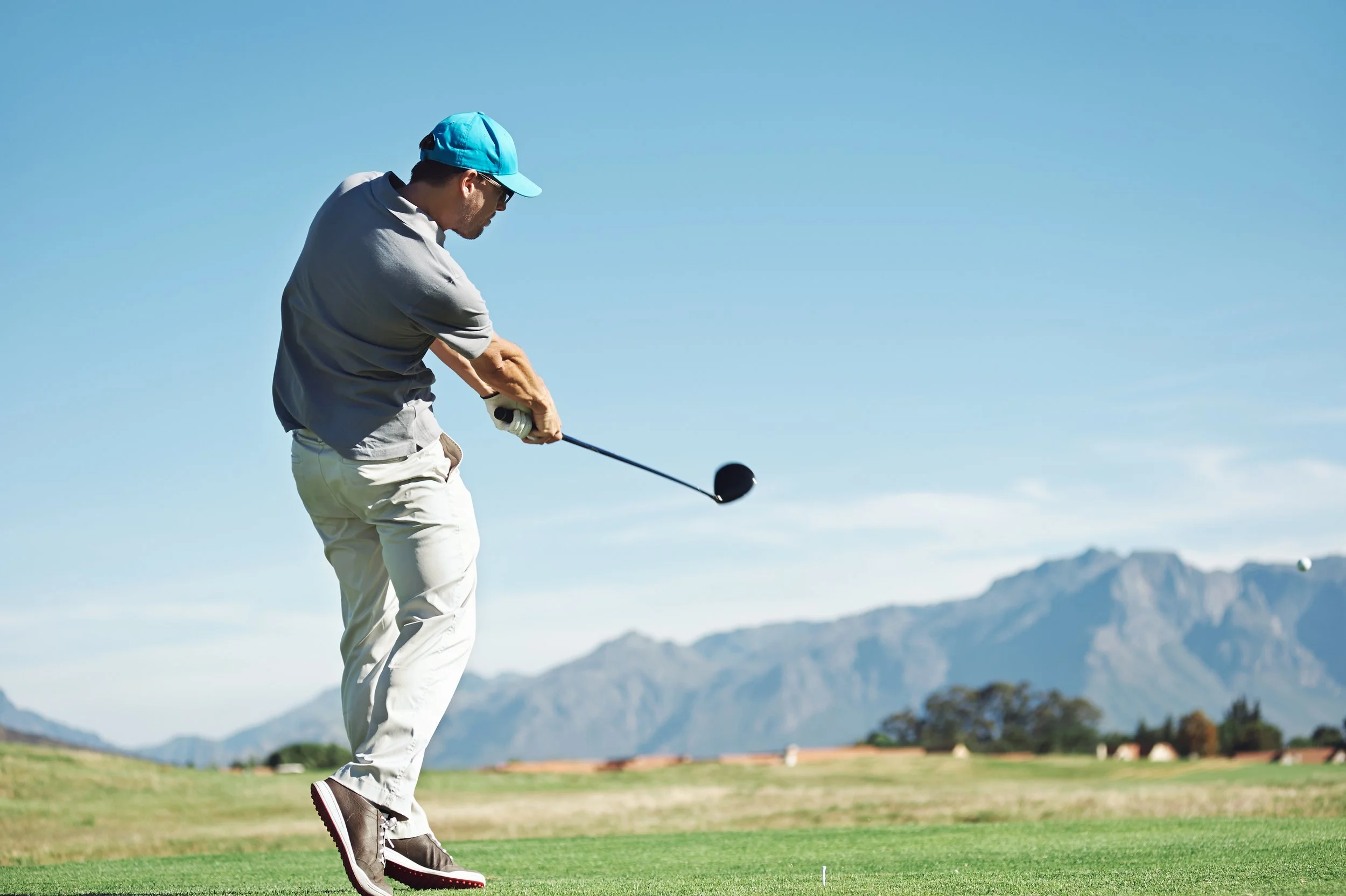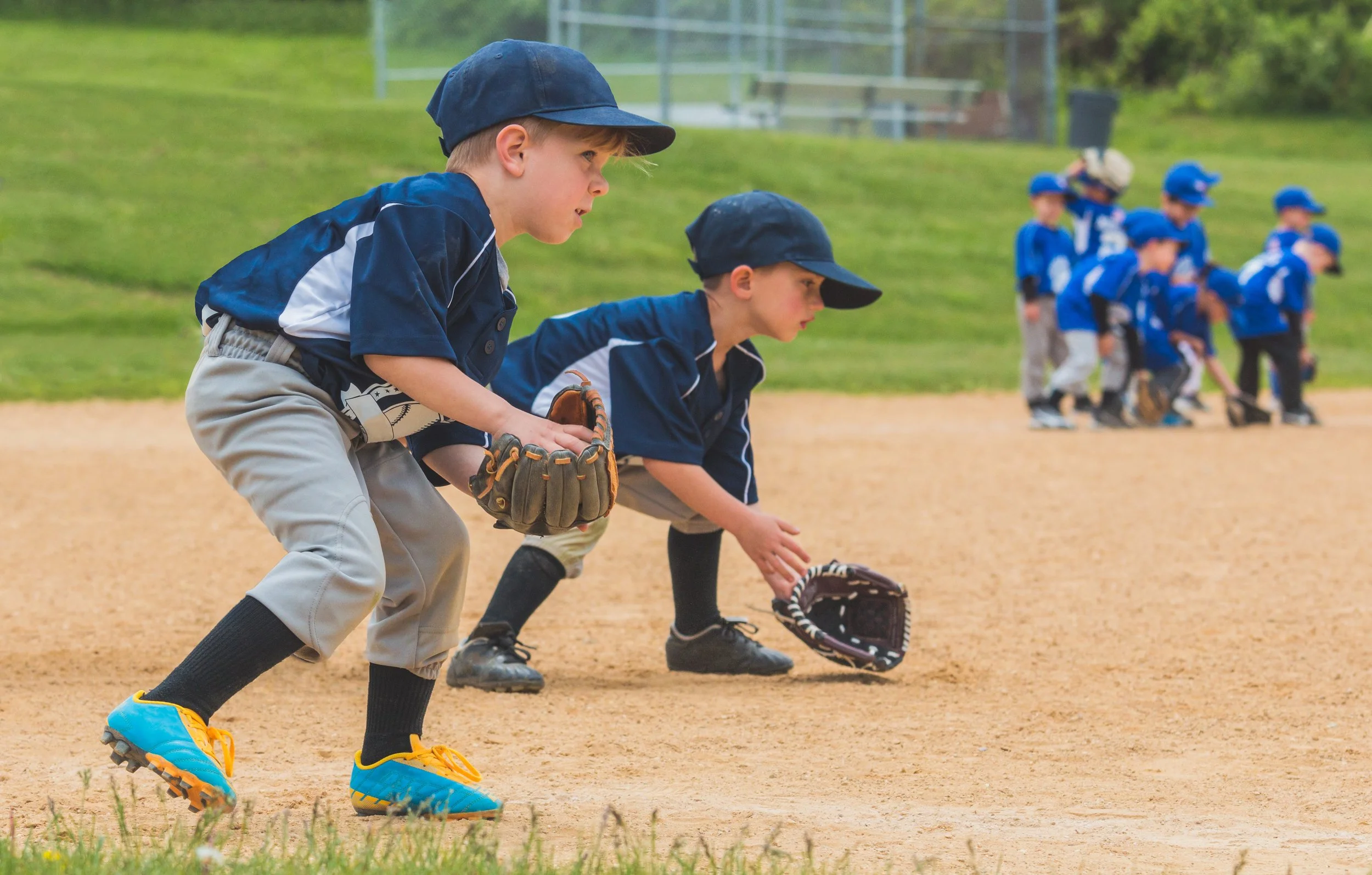Lower Limb Injuries Risk Reduction
Though not mentioned in the 2016 Consensus, within the sports concussion literature there has been growing evidence on how concussions may have an influence on future lower limb injuries. What is proposed is that after a concussion, the joints, muscles, and tendons in your legs have an impaired ability to detect where they are in space. Though this may not fall into the category of concussion rehabilitation, orthopedic rehabilitation can help address proprioception and neuromuscular control impairments for athletes who are looking to return to play.4
As for other common symptoms stemming from a concussion, other professionals including neurologists (migraine/headache specialist), neuropsychologists, speech therapists, and vision therapists would be great resources to consult. Ask your concussion management team if physical therapy is right for you and your symptoms and find a local clinic that has a clinician there to help you.
References:
1. McCrory P, Meeuwisse W, Dvorak J, et al Consensus statement on concussion in sport—the 5th international conference on concussion in sport held in Berlin, October 2016 Br J Sports Med 2017;51:838-847.
2. Gurley JM, Hujsak BD, Kelly JL. Vestibular rehabilitation following mild traumatic brain injury. NeuroRehabilitation. 2013;32(3):519-528. doi:10.3233/NRE-130874.
3. Benign Paroxysmal Positional Vertigo (BPPV). American Physical Therapy Association. https://www.moveforwardpt.com/SymptomsConditionsDetail.aspx?cid=52822493-32f3-4d4c-8c56-8e18c41b2f85. Published September 1, 2015.
4. Kardouni JR, Shing TL, Mckinnon CJ, Scofield DE, Proctor SP. Risk for Lower Extremity Injury After Concussion: A Matched Cohort Study in Soldiers. Journal of Orthopaedic & Sports Physical Therapy. 2018;48(7):533-540. doi:10.2519/jospt.2018.8053.
Information provided on lakewashingtonPT.com and all of its web pages is intended for general educational and entertainment purposes and is not intended to be medical advice to you or any other person. You should always consult with your own medical provider about your health and medical questions and never rely on this or any other web site alone to make medical decisions. Never delay seeking medical advice or disregard any medical advice you have received from your provider because of anything you read or hear on this website.































